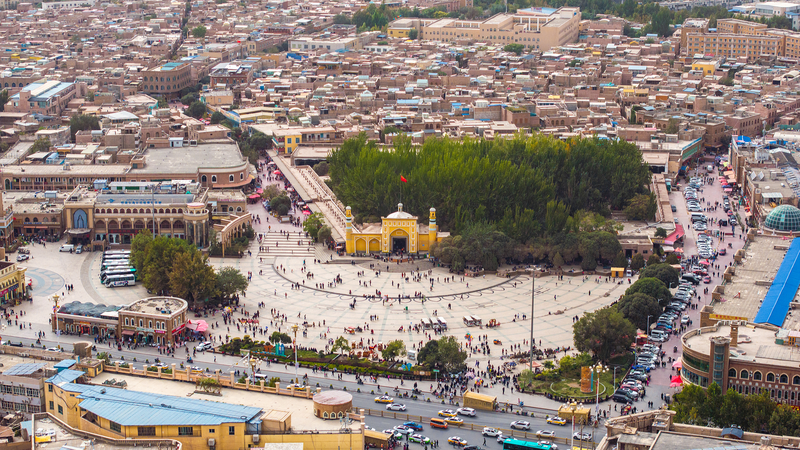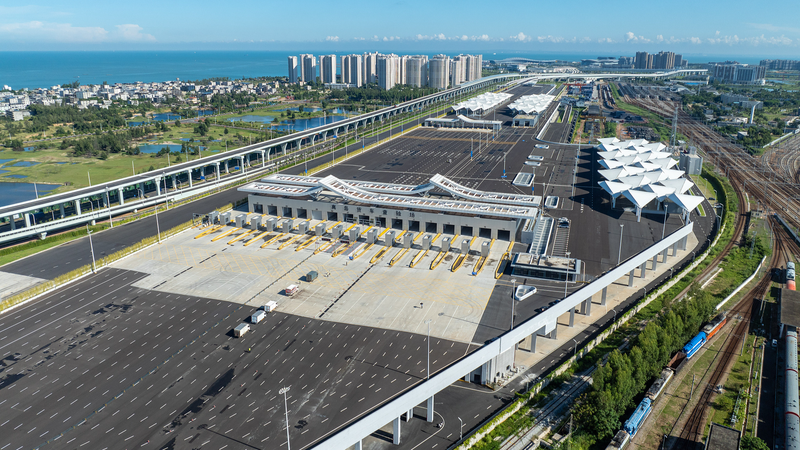As the Xinjiang Uygur Autonomous Region marks its 70th anniversary, it stands at a crossroads of tradition and transformation. Once seen as a distant frontier, Xinjiang today pulses with high-speed trains, modern highways and bustling bazaars that tie it seamlessly into the Chinese mainland’s westward development drive.
Stepping off a train in Urumqi reveals a city where Uygur script dances alongside Mandarin on shop signs and mosques mingle with cafes and co-working spaces. Surveillance cameras may dot the skyline, but active mosques, churches and Buddhist temples—part of a network of nearly 25,000 religious venues—remain integral to daily life.
At the Islamic Institute of Xinjiang, students study Arabic grammar and Islamic jurisprudence within a curriculum that also includes civic education. Many young Uygur men aspire to become imams or teachers, reflecting a blend of personal faith and state-influenced guidelines aimed at harmony and social cohesion.
Between 1990 and 2015, Xinjiang faced devastating security incidents that claimed hundreds of lives. Since then, policies focused on poverty alleviation, integration and countering extremism have driven rising incomes and falling poverty rates, with no major attacks reported in recent years.
On the ground, religious festivals still draw families to mosques for Friday prayers, children recite Quranic verses and halal restaurants thrive alongside Buddhist and Christian places of worship. This coexistence of faith and regulation highlights the delicate balance Xinjiang navigates between preserving heritage and ensuring stability.
As it celebrates seven decades of change, Xinjiang offers a layered story: one where faith, stability and progress shape a region redefining its identity on the global stage.
Reference(s):
Xinjiang at 70: A balanced look at faith, stability and progress
cgtn.com




